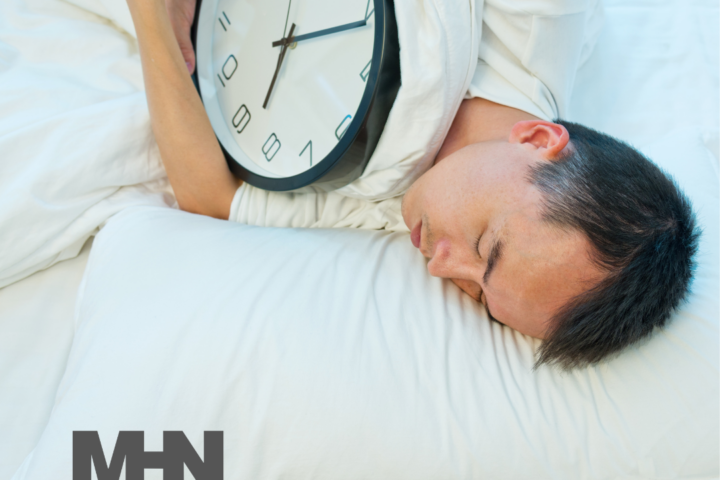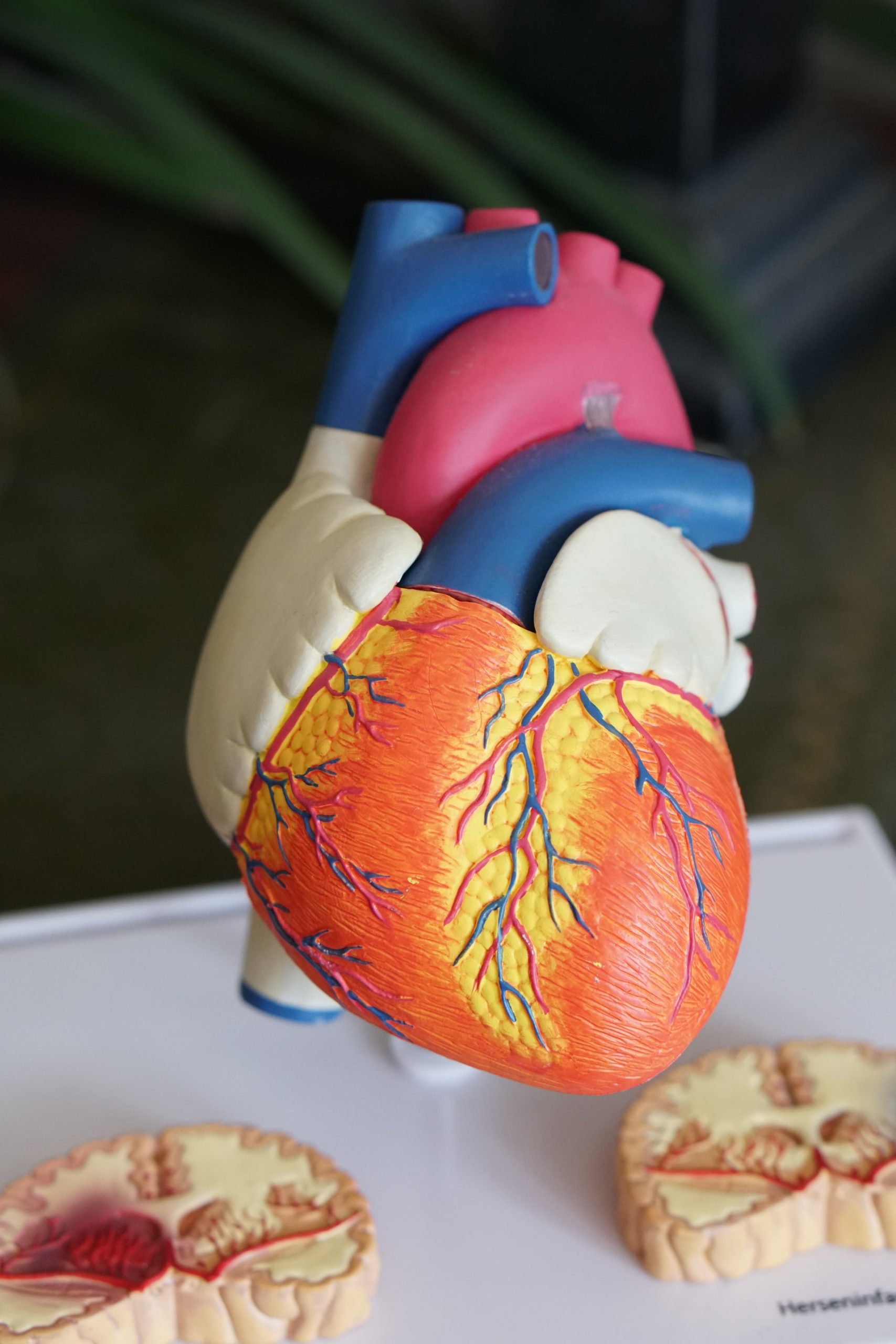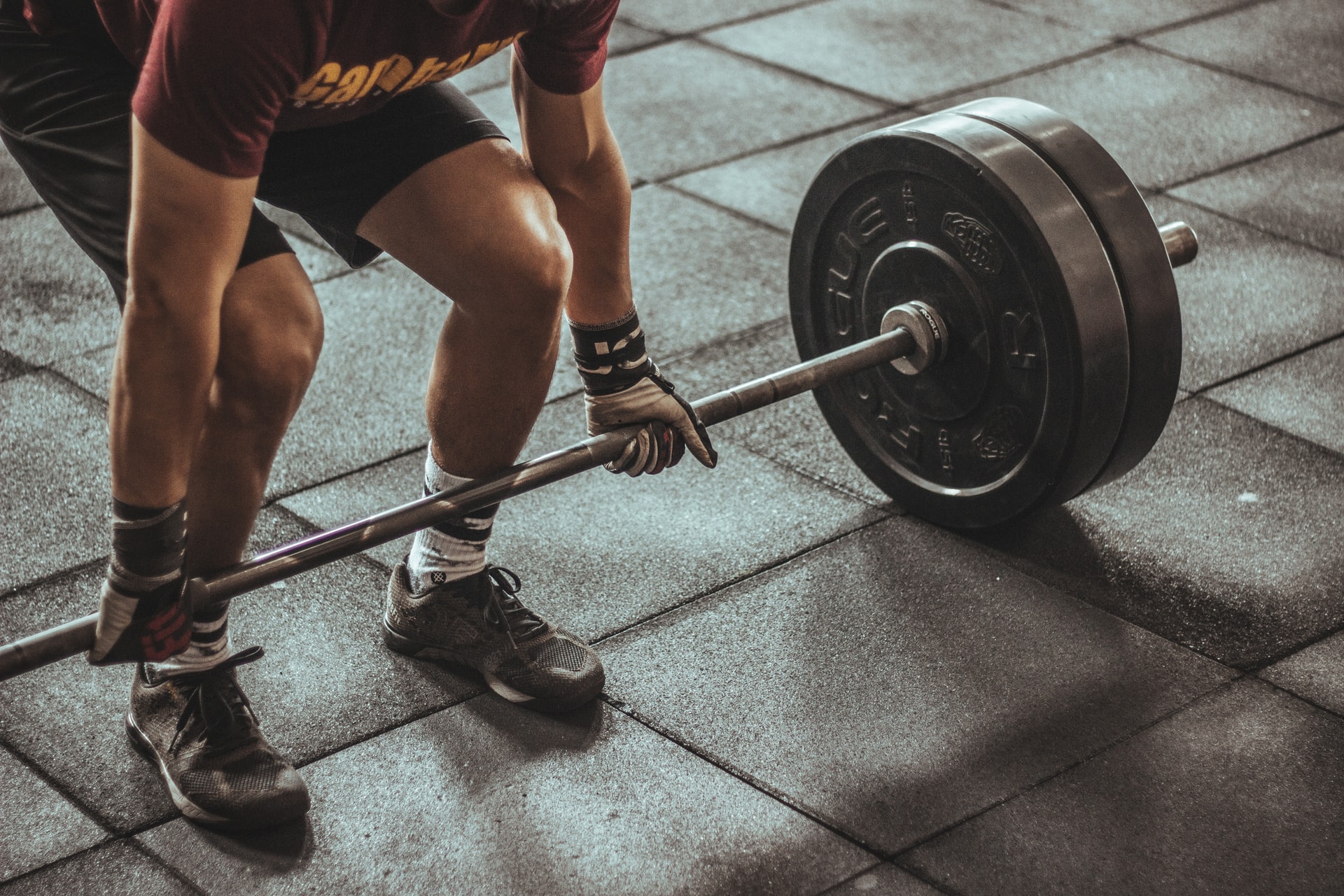In Part I of this article, we talked about how being obese could take as many as 8 years off of your life and greatly reduce the quality of the years you have left. We also talked about brown fat and the importance of having a good, high-protein breakfast. In Part II, we’ll explore the benefits of low-carb diets over low-fat ones, the important role green tea might play in your weightloss regimen, and why students should be using standing desks instead of sitting.
- Cut carbs, not fat. Lydia Bazzano, a professor in nutrition research at Tulane University, randomly assigned 148 obese people to either a low-calorie diet (meaning they got a maximum of 30 percent of their daily calories from fat) or a low-car diet (meaning they at fewer than 40 grams of carbohydrates per day). After a year, the low-carb group had lost 7.7 pounds more than the low-calorie group. The low-carb group also increased their levels of HDL (“good” cholesterol) and improved the ratio of good-to-bad cholesterol. “We found those on a low-carb diet had significantly greater decreases in estimated 10-year risk for heart disease after six and 12 months than the low-fat group,” said Bazzano. The study was published in the Annals of Internal Medicine. Read an abstract here.
- Have a cup of green tea with your workout. In animal studies, mice who drank decaffeinated green tea and exercised regularly, showed remarkable improvements in their health. After 16 weeks, the mice reduced their body mass by 27% and their abdominal fat by 37%. They also had significant drops in fasting blood glucose levels (17%) plasma insulin level (65%), and insulin resistance (65%).
Very impressive—for mice. So what does that have to do with us? Well, the lead researcher, Joshua Lambert, associate professor of food science at Penn State’s College of Agricultural Sciences, believes that humans could benefit in the same way as rodents. However, they’d have to drink the equivalent of 8-10 cups of green tea per day. The specific type of tea used is Camellia sinensis. The study didn’t quantify the amount of exercise needed except to say that it was voluntary. “Our rationale for looking at voluntary exercise as opposed to forced exercise is that people who are interested in reducing body weight and dealing with diabetes and that sort of thing do have a high level of motivation,” says Lambert. “However, most people aren’t in a situation where they are being forced to exercise. Supported or encouraged, yes, but forced, no.” The study was published in Molecular Nutrition Food Research. Read an abstract here. - Stand up if you’re a kid. No, really. Researchers at Texas A&M University found that elementary school students who used standing desks burned 15% more calories than classmates who sat at traditional desks. Obese kids burned 25% more calories. There were other benefits as well. “Teachers also reported that students at stand-biased desks had an increased level of engagement during lecture time,” said Mark Benden, the study’s lead researcher and an associate professor at the Texas A&M Health Science Center School of Public Health. Benden is not doing a similar study with high-school students.



